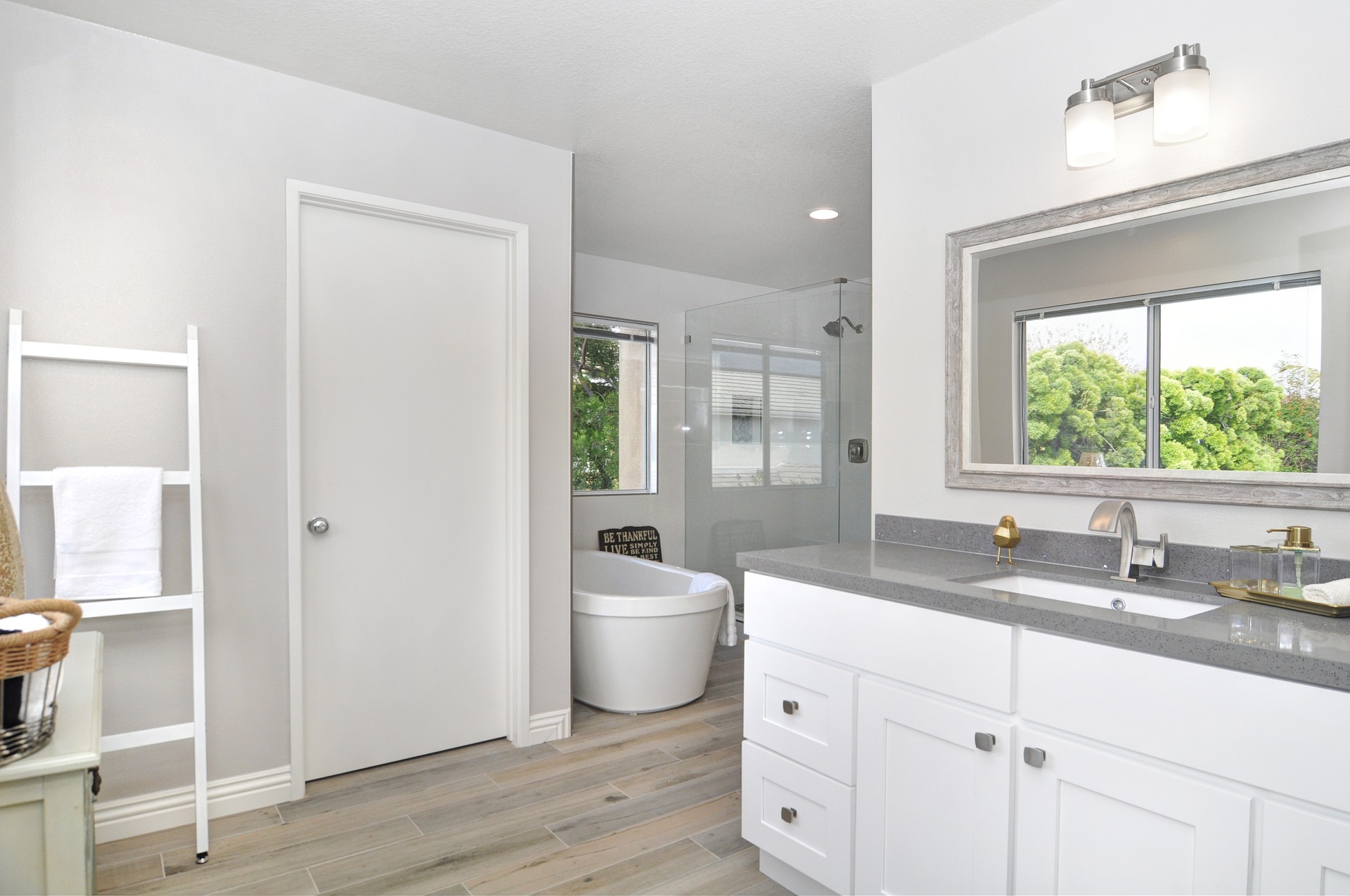Whether you’re a DIY enthusiast or a professional, installing Perspex sheets can be a straightforward process with the right tools and techniques. Perspex, also known as acrylic, is a versatile and durable material that is often used for various applications such as signage, displays, and protective barriers. In this article, we will provide you with some valuable tips and tricks to ensure a smooth installation process for your Perspex sheets.
1- Planning and Preparation
Before diving into the installation process, proper planning and preparation are crucial to ensure a successful outcome. Start by measuring the area where you intend to install the Perspex sheets accurately. Consider any necessary cutouts for fixtures or openings. Once you have the measurements, determine the thickness and size of the Perspex sheets required. For a hassle-free experience, consider sourcing your Perspex sheets from reputable suppliers like Simply Plastics.
2- Gather the Necessary Tools and Materials
To install Perspex sheets, you’ll need a few essential tools and materials. These include a measuring tape, a pencil or marker, a fine-toothed saw suitable for cutting Perspex, sandpaper or a file for smoothing the edges, a drill with the appropriate drill bits, and screws or adhesive suitable for Perspex. It’s also essential to have a clean and well-ventilated workspace to ensure the best results.
3- Cutting the Perspex Sheets
Once you have your Perspex sheets and all the necessary tools, it’s time to cut them to size. Start by marking the dimensions on the protective film covering the Perspex using a pencil or marker. Take precise measurements and double-check them before proceeding. When cutting the sheets, use a fine-toothed saw with a slow and steady cutting motion. To prevent cracking or chipping, support the sheet properly while cutting, and consider using clamps or a workbench.
4- Smoothing the Edges
After cutting the Perspex sheets, you’ll notice that the edges may be rough or uneven. To achieve a professional finish, take the time to smooth the edges. Use sandpaper or a file to carefully remove any rough edges or burrs. Start with coarse-grit sandpaper and gradually move to finer grits for a smoother result. Be gentle while sanding to avoid scratching the surface of the Perspex.
5- Drilling Holes and Fixing the Sheets
If you need to drill holes in the Perspex sheets for installation, it’s important to do it correctly to prevent cracking or damaging the material. Start by marking the desired locations for the holes using a pencil or marker. Use a drill with the appropriate drill bit size for Perspex and drill slowly and steadily. To avoid overheating and melting the Perspex, it’s advisable to use a lubricant or cool the area with water while drilling. Once the holes are drilled, fix the sheets in place using screws or adhesives suitable for Perspex.
6- Cleaning and Maintenance
After the installation is complete, take the time to clean the Perspex sheets to remove any fingerprints, dust, or debris. Use a soft, lint-free cloth and a mild soap or acrylic cleaner. Steer clear of abrasive materials or harsh chemicals that have the potential to harm the surface. Regular maintenance includes gentle cleaning with a microfiber cloth and periodic inspection for any signs of damage or wear.
In conclusion, installing Perspex sheets can be a straightforward process with proper planning, the right tools, and attention to detail. By following the tips and tricks outlined in this article, you can achieve a smooth and successful installation. Remember to source your Perspex sheets from reputable suppliers like Simply Plastics to ensure high-quality materials. With their durability and versatility, Perspex sheets are an excellent choice for various applications.











